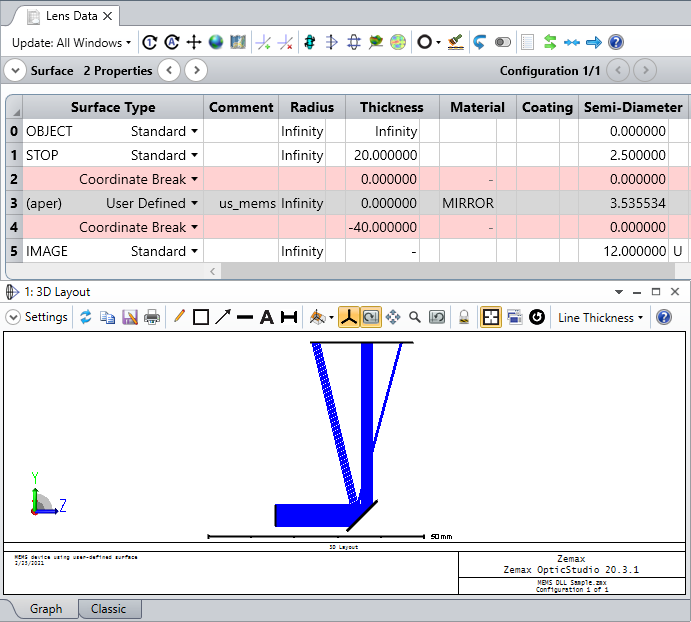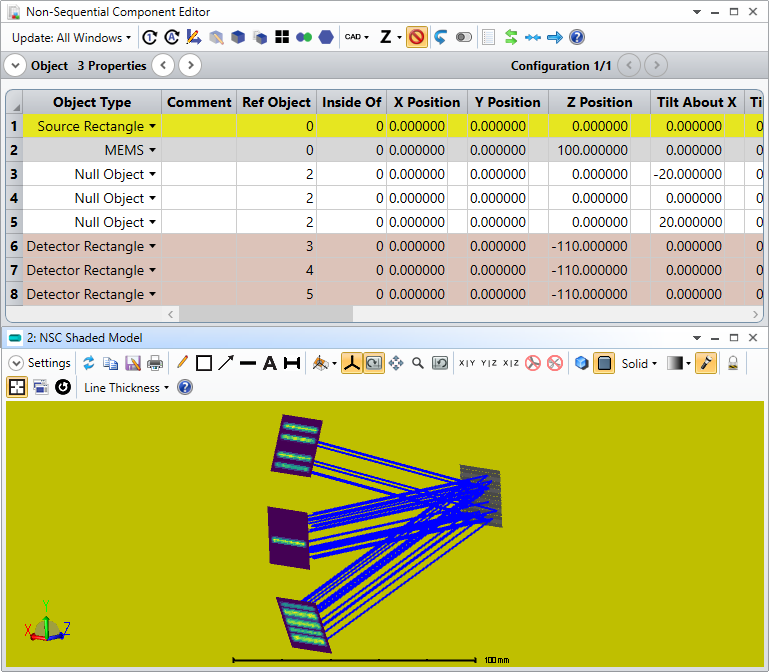Hi,
I have tried to find examples of projectors with some success, but if I want to model the DLP in more detail I have not been able to find anything.
Is there some example or guide for how to create a model of a projector with a TI DLP (DMD) where the DLP is modelled in some detail?
Best regards,
Richard






